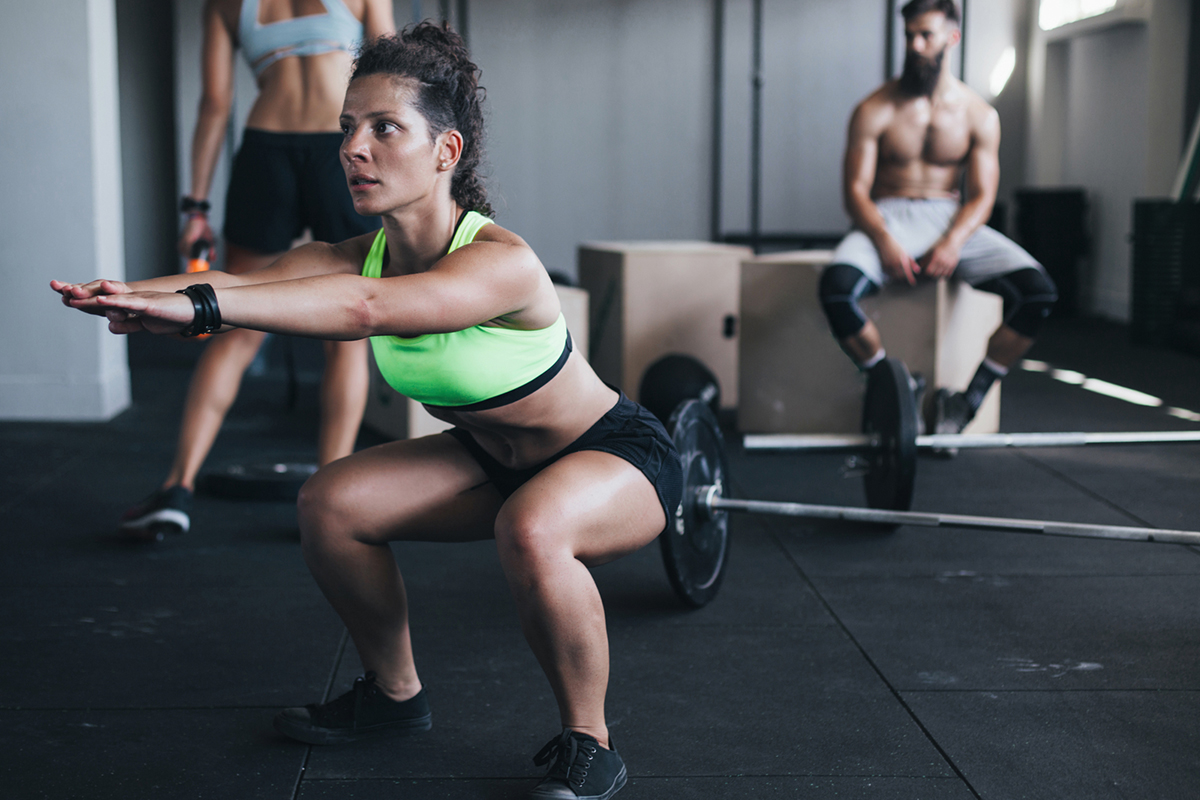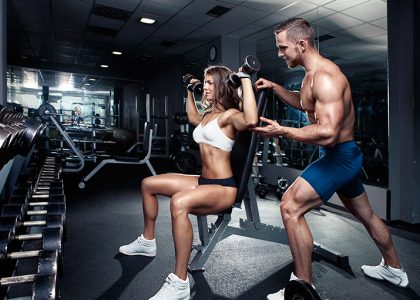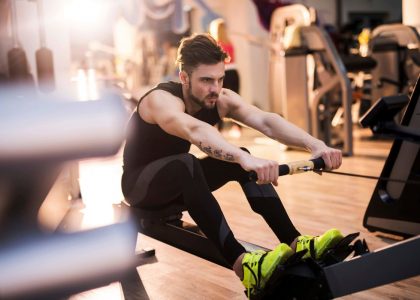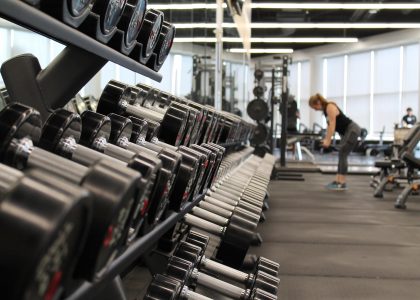Would you like an economical running technique?
Then stop dreaming and work on it.
This article will help you!
Running technique – how, is there a proper running technique?
Yes and no, because there is no such thing as “the right technique”, but there is often optimization potential that can bring you closer to an economical running technique. Problems can arise with beginners and occasional runners in particular, whose technique is not yet very well developed.
With the right technique you can run more economically and are less prone to injury.
At the beginning you just want to run and improve your condition and not work on any technique.
Running is also something natural, everyone can do that as soon as they can stand on two legs. Basically yes, but our musculoskeletal system regresses due to incorrect posture, sedentary activities and little movement and the muscles become weaker and shorter (in the sense of less range of motion in the joints).
This in turn has a negative effect on our running technique and in many cases this is due to poor posture. One of these wrong movement patterns is reflected when running, for example in what is known as the heel run.
Risk of injury to heel run
The wrong footrest is not really economical, since the forces cannot have an ideal biomechanical effect and in the worst case these forces can even offend the joints and lead to incorrect strain.
The consequences are often pain and injuries, and this occurs especially in heavy runners. The repetitive high compression loads act on the ankles, knees and subsequently also on the hips up to the spine.
If you do not work on the problem areas in addition to the running units, the heel attachment can lead to injuries in the above-mentioned body regions.
The footrest is crucial for an economical running technique
To avoid injuries and to run economically, the footrest is crucial.
Basically there are three types of footrests when running, namely :
- Forefoot attachment
- Metatarsal attachment
- Heel attachment
The metatarsal attachment is the ideal attachment for good running technique, as the impact forces are minimized and the entire weight of the runner is well distributed.
For professionals and very ambitious runners, the forefoot attachment can be seen more often. This is quick, but stresses the Achilles tendon and can lead to problems here. The current world record holder in the marathon Eliud Kipchoge can also see a metatarsal attachment.
As already described, the cause of heel attachment is, in many cases, poor running technique combined with weak or poorly stretched muscles.
Away from the heel run – towards an economical running technique
In order to optimize the running style from the heel attachment to the metatarsal attachment, it is necessary to shift the body’s center of gravity.
The best thing to do is to try to let your upper body fall slightly forward while standing.
At some point you have to automatically lift your knee and take a step forward. That would be the right body position, in which the center of gravity is shifted slightly forward.
This also prevents a sitting posture, which reinforces the heel attachment. In addition, a good knee lift is important in order to prepare the foot in the correct position for a metatarsal attachment.
An exercise from the running ABC will help you, namely the knee lever up. Alternately you lift your knees extremely high, your arms swing dynamically and support the knee lift.
Tip: When running, the foot should be placed just in front of or under the body to prevent you from braking yourself and getting into the heel.
The drive is done by pushing backwards. This is where the stabilizing muscles of the hip come into play and are the starting point for a clean running technique with sufficient stability.

Useful exercises
A well-stretched hip flexor, strength in the hamstrings and calves is an advantage here and actually essential.
A nice exercise to strengthen the calf is to raise the heel while standing on one leg. To do this, you first stand on one leg and then lift the heel of your standing leg as high as you can. If this is still too easy for you after 15 repetitions, you can also add some extra weight. This exercise not only trains your coordination, but also the strength (endurance) of your calves. Switch sides after you finish off one leg. If you have both legs through, you pause briefly and then add another round.
To strengthen the hamstrings the hip thrust – or butt lift – has proven itself. So that you have a coordinative and stabilizing component inside again, proceed as follows. Lie on your back with your arms resting next to your body. Put your legs up, about 90 degrees at the knee, the soles of your feet stay on the ground.
Then go up with your pelvis so that your thighs and torso are in a line and in this position lift one foot slightly by lifting your leg up slightly from your hip. Important: Try to stay stable with your pelvis – it wants to move downwards on the side on which you lift your foot. You’re working against it. Do the exercise slowly and alternately and try to do 10-20 repetitions (in total) and then possibly add a second set. Here Pat also introduces you to the exercise in a video tutorial.
One way to stretch your hip flexor is shown by Pat in the following Instagram video. In addition, the flow also includes a calf and back thigh stretch.
Tips for better running technique
The next time you lace up your running shoes, just give the following tips a try.
You will see – after a few runs, during which you also pay attention to your optimized running technique, it will have improved.
- While running, look straight ahead and keep your upper body upright and bent slightly forward
- Use your arms as support
- Stretch your hip flexors so that you do not get into a sitting running posture
- A good knee lift improves the footrest
- Put your foot flat and just before the center of gravity and push it backwards
- You can do backward lunges as a strengthening exercise
You can find even more tips on the right running technique – especially for the marathon – in the article “It’s all about the technique – The right running technique for the marathon” on my blog.







